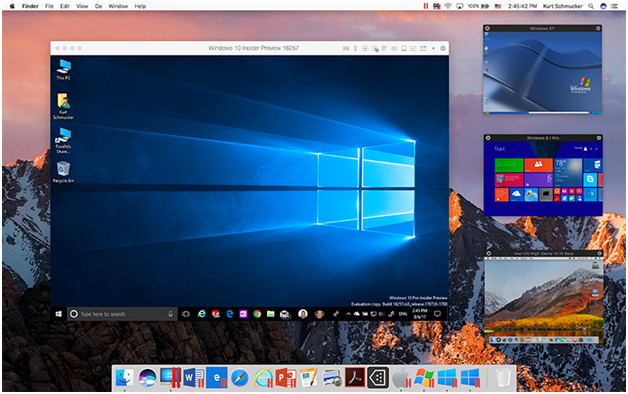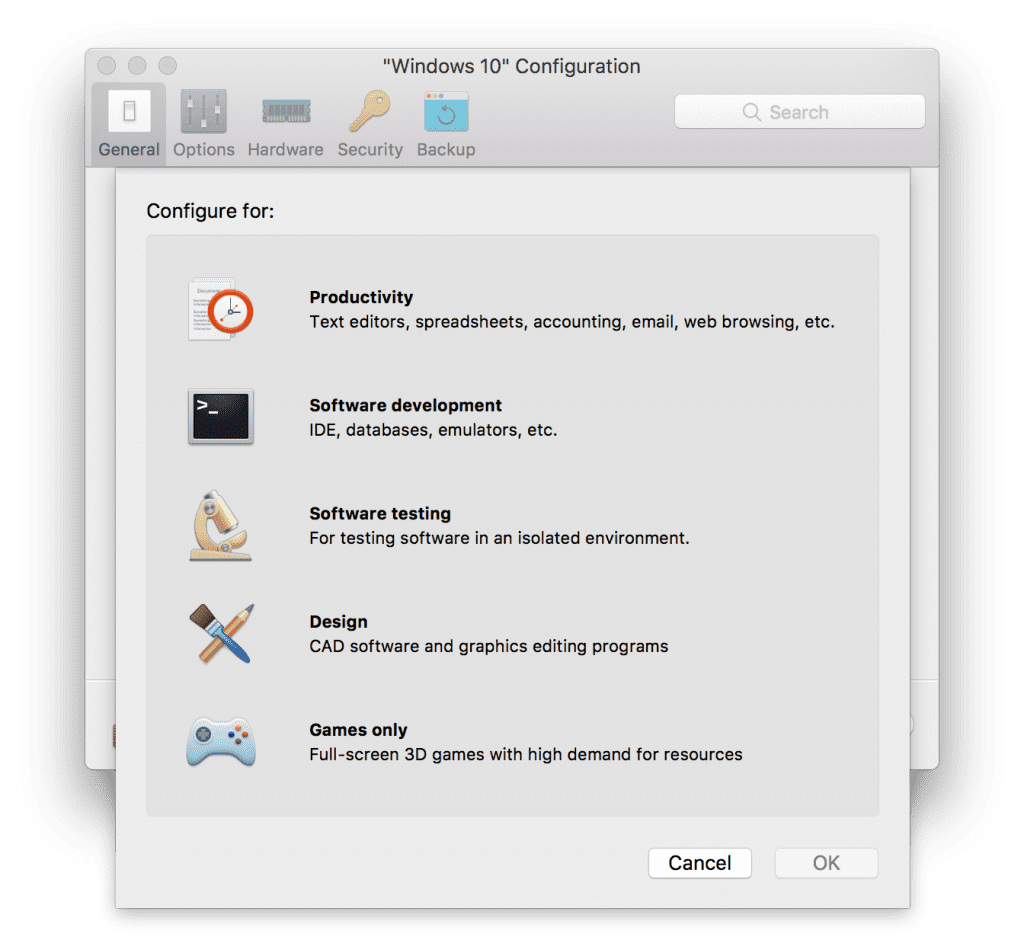

- #Parallels desktop 13 vm how to
- #Parallels desktop 13 vm license key
- #Parallels desktop 13 vm install
- #Parallels desktop 13 vm registration
Use synchronized time and time zones between Mac and Windows.Use Windows apps on iPad with Sidecar using Apple Pencil.Share macOS network locations and volumes with Windows.Use macOS user profile folders as Windows user profile folders (Desktop, Documents, Downloads, etc.).Share Windows folders and disks with macOS.Share macOS folders and disks with Windows.Use Windows email client as default on Mac.Open web links from Windows in macOS browsers.Copy and Paste formatted text and files between macOS and a virtual machine (Windows, Linux, macOS).Drag and drop macOS screenshot preview to Windows apps.Drag and drop files and images between macOS and a virtual machine (Windows, Linux, macOS).Use native Windows icons in macOS for executable files.Make Windows applications default for opening macOS files.Open Mac files using Windows applications.Control Windows applications with special Touch Bar options.Schedule Windows maintenance for installing Windows updates.Use Windows in Travel Mode to extend MacBook battery life.Import VMware, VirtualBox, and Hyper-V virtual machines.
#Parallels desktop 13 vm install
Install macOS into a virtual machine from Recovery Partition.*. Download a ready-to-go Windows 10 virtual machine with Legacy Edge app.*. Download Ubuntu Linux, Fedora Linux, CentOS* Linux, Debian GNU/Linux, Mint Linux*, and Android* virtual machines. Migrate Windows from PC to a virtual machine.*. Import Boot Camp into a standalone virtual machine. Use Windows from Boot Camp in a virtual machine. Easily configure Windows for Productivity or Gaming. Use automatic Parallels Tools installation for many operating systems. Select automatically detected operating system installers from Downloads and Desktop folders.  Install virtual machines from an ISO image, app, USB, CD, or DVD. Use Express Installation to fully automate Windows installation and user account setup.
Install virtual machines from an ISO image, app, USB, CD, or DVD. Use Express Installation to fully automate Windows installation and user account setup. #Parallels desktop 13 vm license key
Activate Windows automatically by specifying a license key before installation.
 Download and install Windows automatically in one click.*.
Download and install Windows automatically in one click.*. #Parallels desktop 13 vm registration
Use Sign in with Apple for Parallels account registration and sign-in. There is a good article with step-by-step instructions. In case your SQL EXPRESS instance is set up to use Windows Authentication most probably you would see an error like that: We must allow sqlserver.exe to accept inbound connections:īy this time you should be ready to connect to the SQL Server.Ĭonnection string should look like this one: Set up port number as on the picture (you’re free to use any value, I’m using 5171 here) Go to SQL Server Network Configuration -> Protocols for SQLEXPRESS -> TCP/IP I’m running SQL Express 2014 so need to type SQLServerManager12.msc. To set up SQL Express we need SQL Server Configuration Manager. Set up SQL Express to accept incoming connections # Windows VM is configured to have a static IP address. My system overview #įirst of all, let’s check what I’ve got installed here: I still have to keep MS SQL Management Studio installed because I’m using RedGate tools such as SQL Source Control, but that’s a different story. Since I’m running most of the apps on a host macOS and I’m trying to keep my windows VM as lean and possible, I think SQL Ops Studio is a good choice for most of my SQL related tasks. #Parallels desktop 13 vm how to
In this post, I’m going to show how to marry SQL Operations Studio running on macOS with MS SQL Express running on Windows VM in Parallels.Įven though SQL Ops Studio is not a fully mature project it’s already sufficient enough to perform simple and quick actions.







 0 kommentar(er)
0 kommentar(er)
